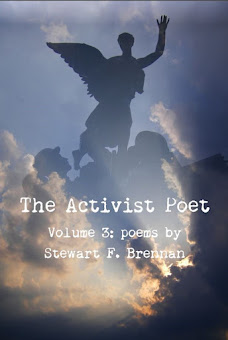
Source: Press TV
http://www.presstv.ir/detail/157341.html
The US is slashing its nuclear arsenal by signing the New START treaty with Russia, but, ironically enough, is spending billions more on its nuclear-weapons complex.
With fingertips nervously tapping desks in the White House, the Kremlin, and the offices of anti-nuke folks around the world, the Senate in the final hours of its term has ratified the New START agreement, which will force both the United States and Russia to dismantle a good chunk of their nuclear-weapons arsenals, reports Newsweek.
The two countries agree to limit the number of nuclear warheads to 1,550 each, down from a ceiling of 2,200. So why is Washington now poised to spend tens of billions more on nuclear weapons in the next decade?
“Sen. John Kyl was making a point,” says Sharon Squassoni, director of the proliferation-prevention program at the Center for Strategic and International Studies.
“Many parts of the nuclear-weapons complex have not been updated. But estimates of what it takes to modernize vary widely,” he says.
And in this case, the “expert witnesses” are the same ones cashing in. For months Kyl (R-Ariz.) stood like a roadblock in front of New START.
He argued that the treaty offered the US no advantage over Moscow and crippled plans for a missile-defense system in Europe.
But his qualm, which translated into spending big bucks, centered on “modernization” of the U.S.'s nuclear-weapons complex.
Speaking of the network of nuclear-weapons labs on the Senate floor earlier this month, he said the country's “facilities are inadequate.”
To placate him -- and the Republican senators in his corner -- the Obama White House assembled a plan with $84.5 billion to be spent over 10 years to modernize America's nuclear cache, a marked increase over the kind of money that trickled into the labs during the George W. Bush administration.
The head of the National Nuclear Security Administration during that time, former ambassador Linton Brooks, said in April of the new increase, “I will say flatly, I ran that place for five years and I'd have killed for [this] budget.”
So, although US stockpiles of nuclear warheads have dropped from the 22,217 in 1989 to the 2,200 today and are expected to continue to decrease in the next decade, Washington will spend boatloads more money-approximately 20 percent more-on the nuclear-industrial complex in coming years.
Another issue is a lack of oversight as aging nuclear weapons are dangerous antiques to have lying around, posing very serious danger.

















a.jpg)

a.jpg)








No comments:
Post a Comment
Thanks for commenting on this post. Please consider sharing it on Facebook or Twitter for a wider discussion.